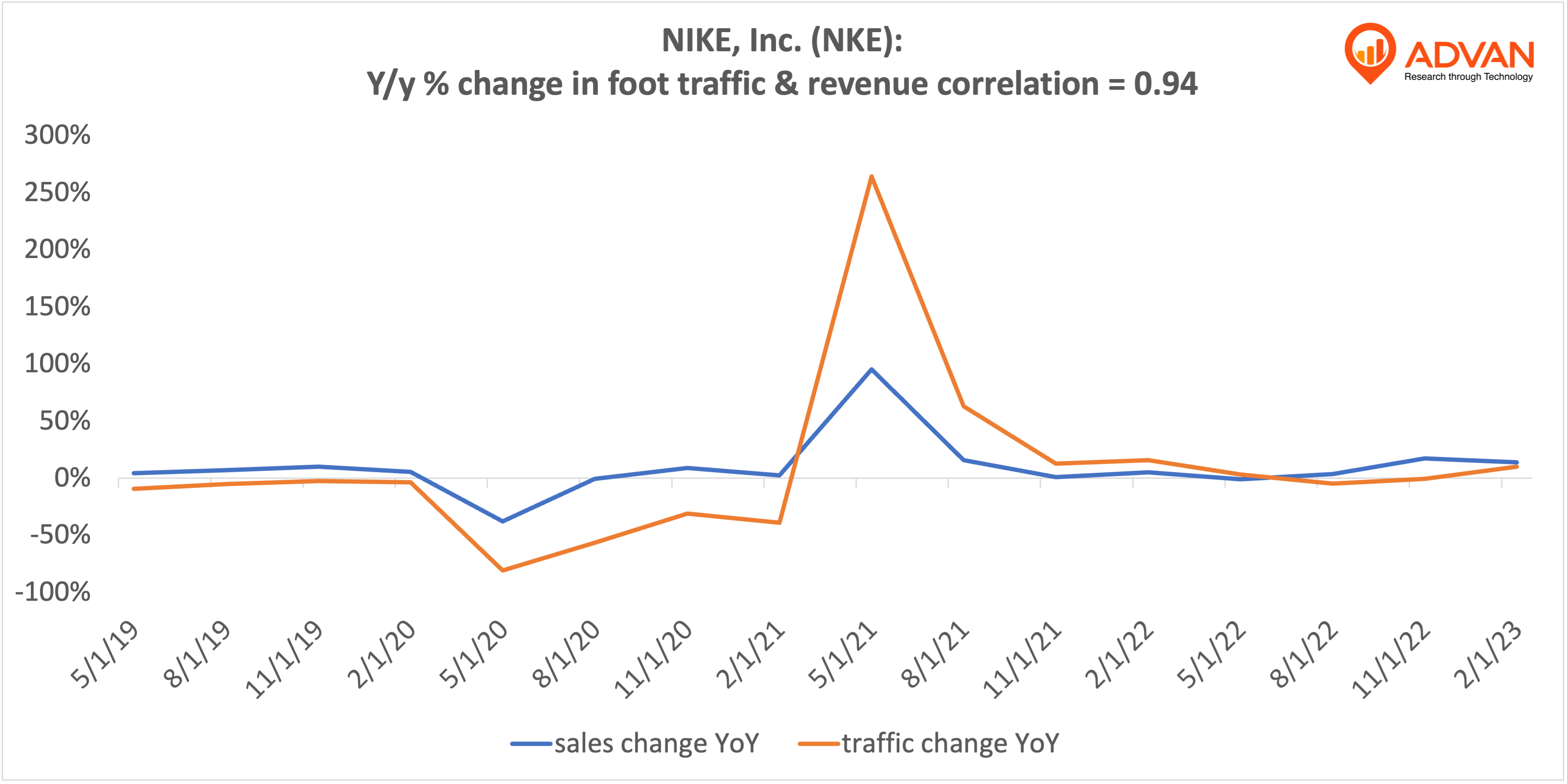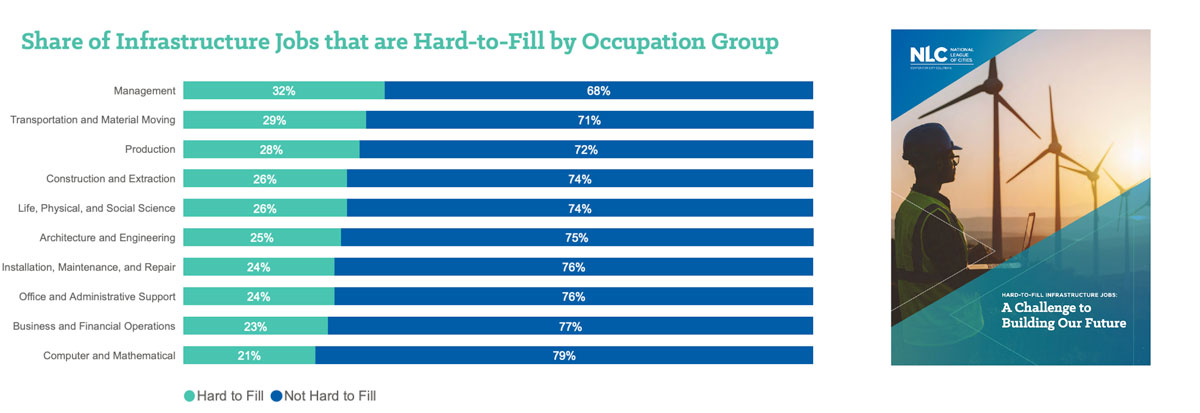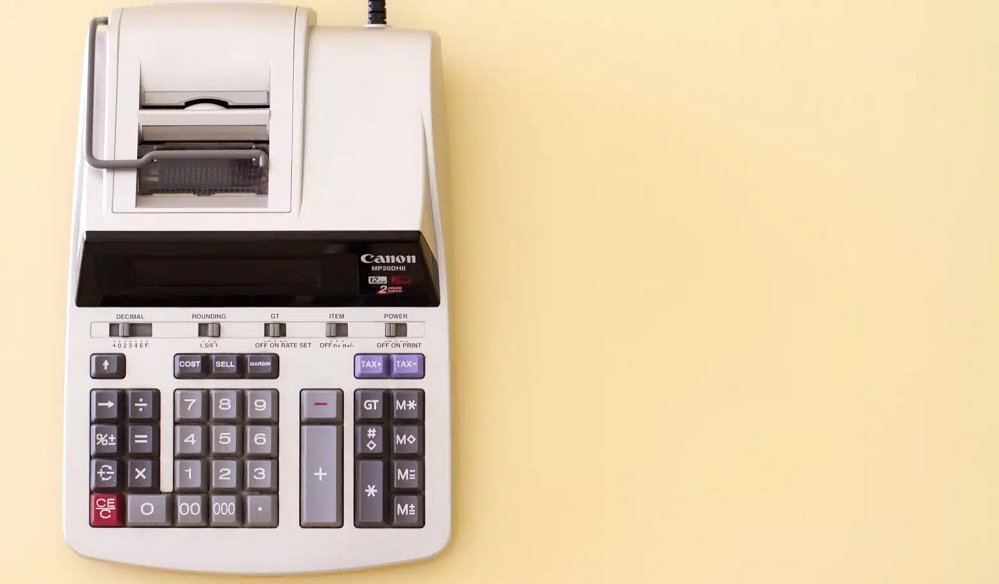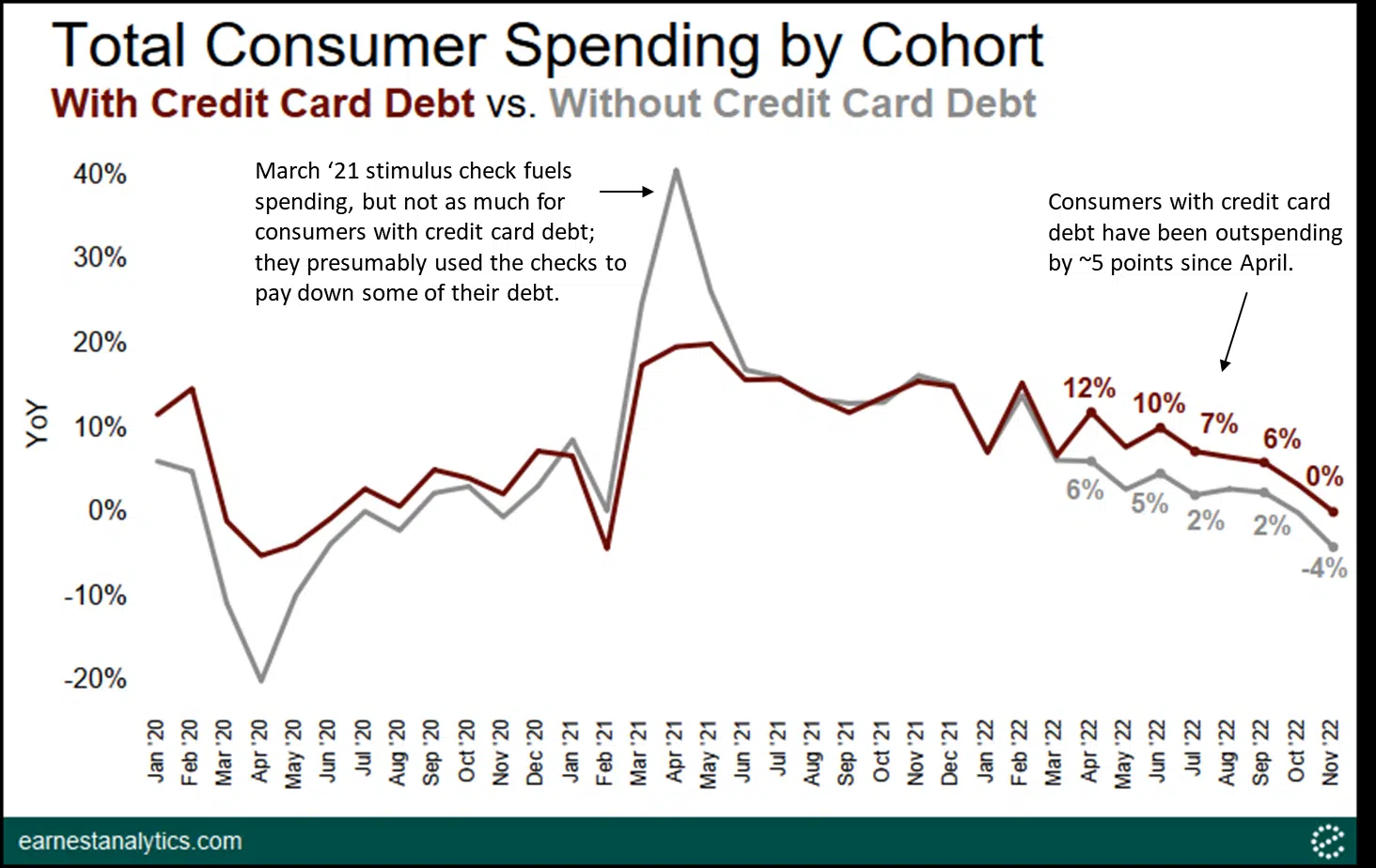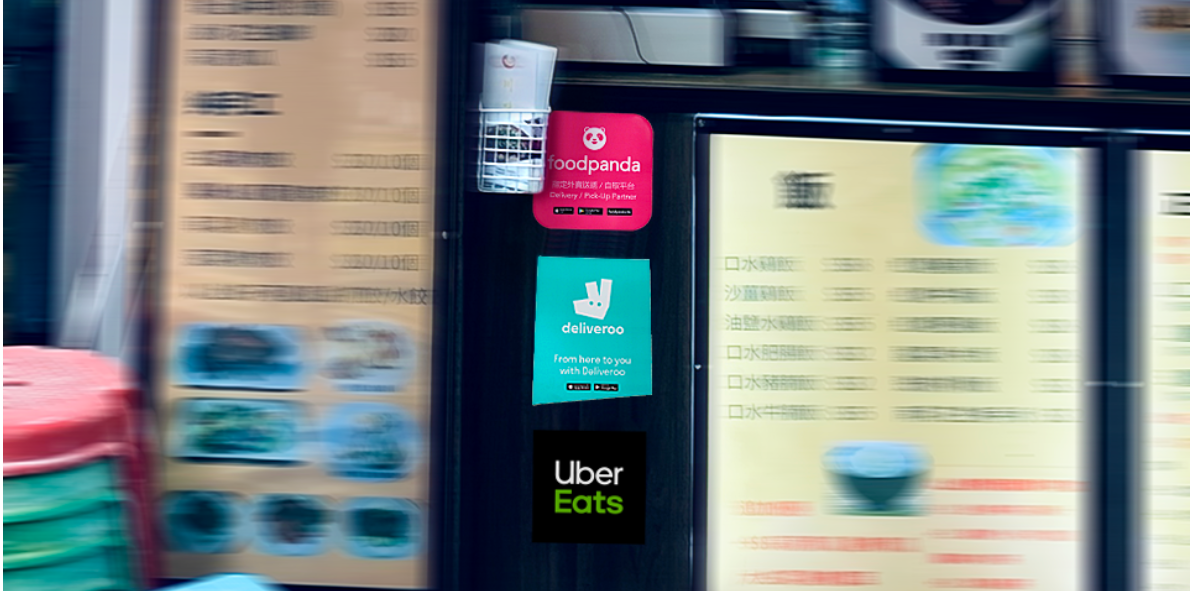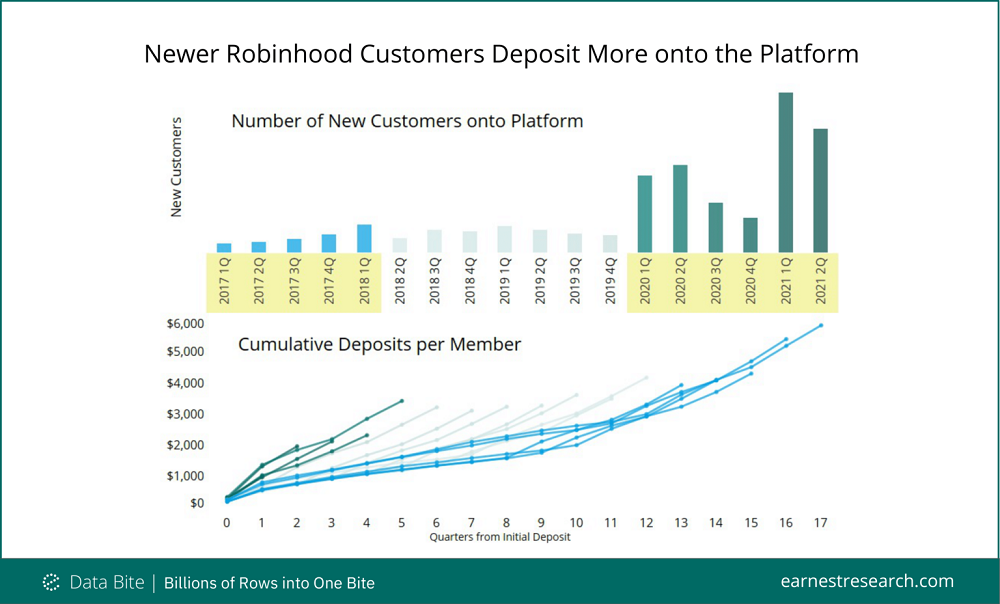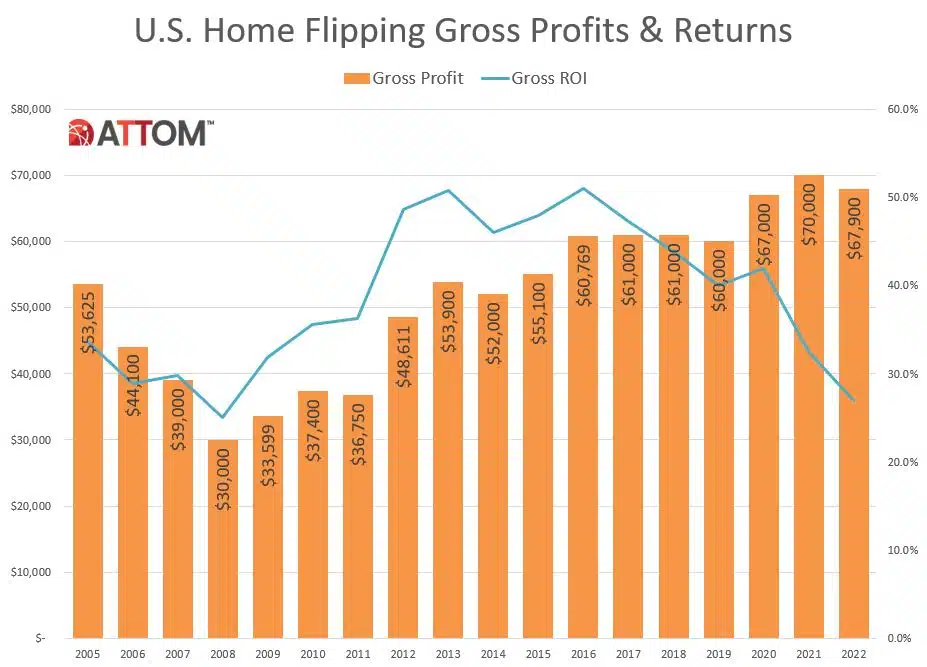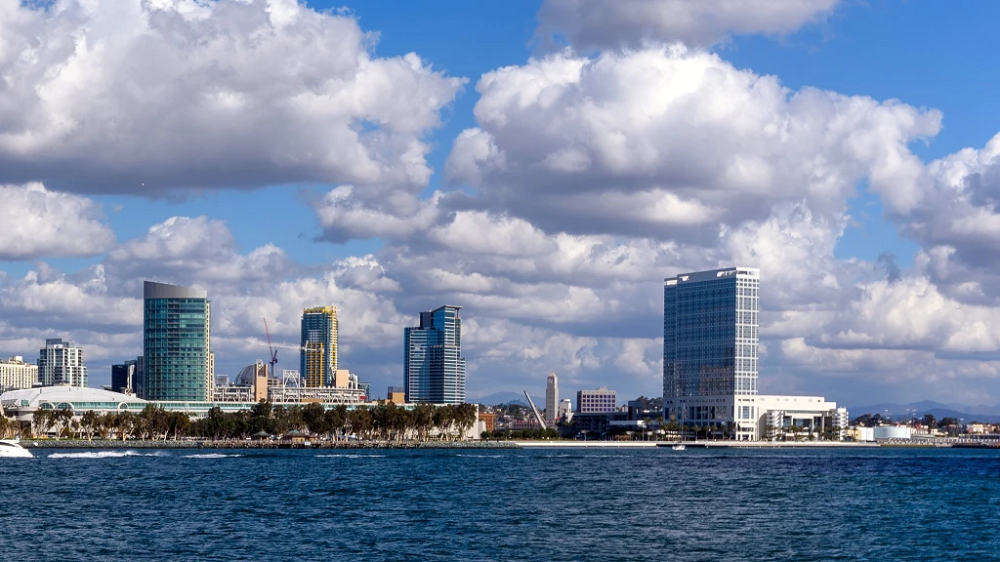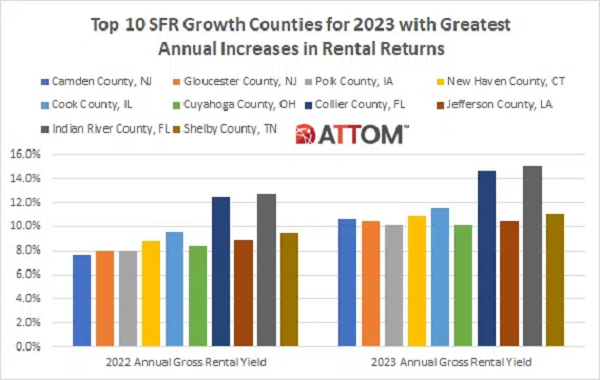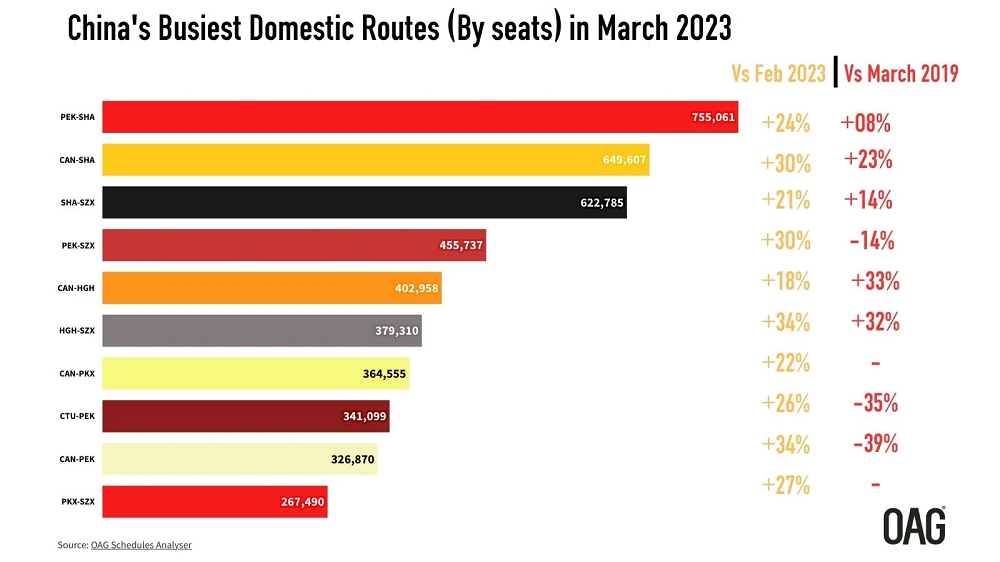Over 1,400 new air routes have been scheduled to operate in 2021, the highest for a number of years, undoubtedly reflecting both the current uncertainty and a desire from some airlines to use this period to experiment with their networks. Amongst all of the bad news and route losses, airlines’ appetite to experiment has to offer a glimmer of hope for regional airports, who most typically benefit from this type of airline network experimentation.
Coronavirus cases in the U.S. were again on the rise last month, tempering the hope that we were nearing the end of the pandemic, despite wider availability of vaccines. While this spring’s bump — aided by fast-spreading variants — was much smaller than the spike in cases in January, it surpassed the peaks of previous surges in November and July.
The latest loan performance data from CoreLogic shows that the nation’s mortgage delinquency rate in February 2021 was 5.7%, a small increase from January’s 5.6%. The delinquency rate calculates the number of loans in various stages of distress — 30-59 days past due, 60-89 days past due, 90+ days past due, and foreclosures — as a percentage of all first-lien mortgages in servicing.
After coming to a shrieking halt in 2020, the online event ticketing industry is making an awe-inspiring comeback. Demand is surging as lockdowns, and stay-at-home orders ease in many countries around the world. For a market dominated by a small number of large booking websites focusing on live music events, concerts, and festivals, the transition to virtual was virtually not an option for fans and event-goers.
Big tech companies have long been considered highly attractive places to work. They pay well, offer top notch perks, and are full of talented people working on difficult technical problems. Being tech companies, most of their workforce is composed of jobs that require technical skills.
There are signs of recovery underway for a majority of commercial real estate markets in the Asia Pacific region. In the chart below, we plot deal activity for Asia Pacific’s top eight real estate markets in the first quarters of 2021 and 2020, expressed as a percentage of the average of the previous five years.
When it comes to consumer behavior under the pandemic, nothing has been too different all around the world now. The war among food delivery companies that we have seen in many regions is also happening in the Arab world. According to Measurable AI’s transactional e-receipts data, the overall food delivery market in the Middle East has doubled its revenue size in 2020.
In February 2021, 5.7% of home mortgages were in some stage of delinquency (30 days or more past due, including those in foreclosure), a small increase from January 2021, and a 2.1-percentage point increase from February 2020 according to the latest CoreLogic Loan Performance Insights Report. The slight (0.1 percentage point) increase over January 2021 marked the first uptick in month-to-month national delinquency since August 2020.
As vaccine programs continue across the world and we see warming attitudes toward travel alongside increased accommodation bookings, it is important to take stock and assess how the pandemic, and it’s resultant impact on consumer behavior, may leave an indelible mark on hospitality.
According to the Census Bureau, the United States’ annual mover rate (the percentage of people who change residence each year) had been declining since the mid-1980s, and reached its lowest point just before the COVID-19 pandemic. This trend may have continued if not for the sudden and rapid adoption of remote work.
The wholesale club sector experienced several fundamental disruptions during the pandemic that offered the potential to redefine the space. Brands like BJ’s Wholesale Club surged with 13.0% visit growth in 2020 compared to 2019, while Sam’s Club saw a 4.3% increase in visits year over year. And these jumps were given added weight as industry leader Costco, saw a near impossible to imagine 2.1% decline in visits in 2020.
How have booking windows shifted during the pandemic? Are the shifts momentary blips or the new norm? In this article, we use case studies and market-specific snapshots to answer those questions and discuss considerations for hotels competing for short-lead business.
Department stores faced a uniquely challenging environment in the last year with COVID limiting visits to malls, retail stores and more product brands looking to emphasize DTC channels. And while signs of a recovery are popping up for the sector, there are still fundamental questions about the true power of the model from a long term perspective.
Investor interest in the industrial sector has leapt with the shift in consumer activity to online shopping, a situation that has helped the RCA CPPI for U.S. industrial properties outperform all other sectors. Industrial property prices are now at record high levels and investors note difficulty in sourcing deals. In response, will the market react with too much supply?
Although global capacity remains broadly flat week-on-week with some 62.1 million seats scheduled, a slight decline on last week it has been a busy week in terms of market sentiment and expectations for the Summer Season. Whilst the US domestic market continues to grow, and passenger throughput as measured by the US TSA hovers around 65% of 2019 levels the rest of the world seems to be struggling once again.
Beyond the ad-supported streaming platforms, broadcast networks compete for attention with platforms that distribute user-generated video content. And as audience attention shifts, so do advertisers. As the social network with the most annual revenue, we know that Facebook is great at bringing in ad dollars.
We’ve got a spring in our step after yet another month of growth. Following the 11% increase in active job listings we saw in March, and our return to pre-pandemic job levels, April’s active job listings were up a solid 4%.
As wifi and unlimited cellular data become more pervasive, so too has streaming music. Gone are the days of paying a dollar per song and then trying to manage device storage by pulling them down from and adding them back to the cloud.
Over the last fourteen months, rapid shifts in consumer demand during the pandemic have fueled acute shortages. Retailers haven’t been able to keep products on the shelf ranging from toilet paper and seltzer to bicycles and lumber. Even as the country opens back up, new shortages are popping up in “post-pandemic” categories.
As of April 19, all US adults are now eligible for the COVID-19 vaccine. This marks a huge milestone in the vaccination effort, and comes ahead of the May 1 deadline President Biden had originally set. We know from CDC data that 134.4 million Americans have received at least one dose of either the Pfizer, Moderna, or Johnson & Johnson jab.













